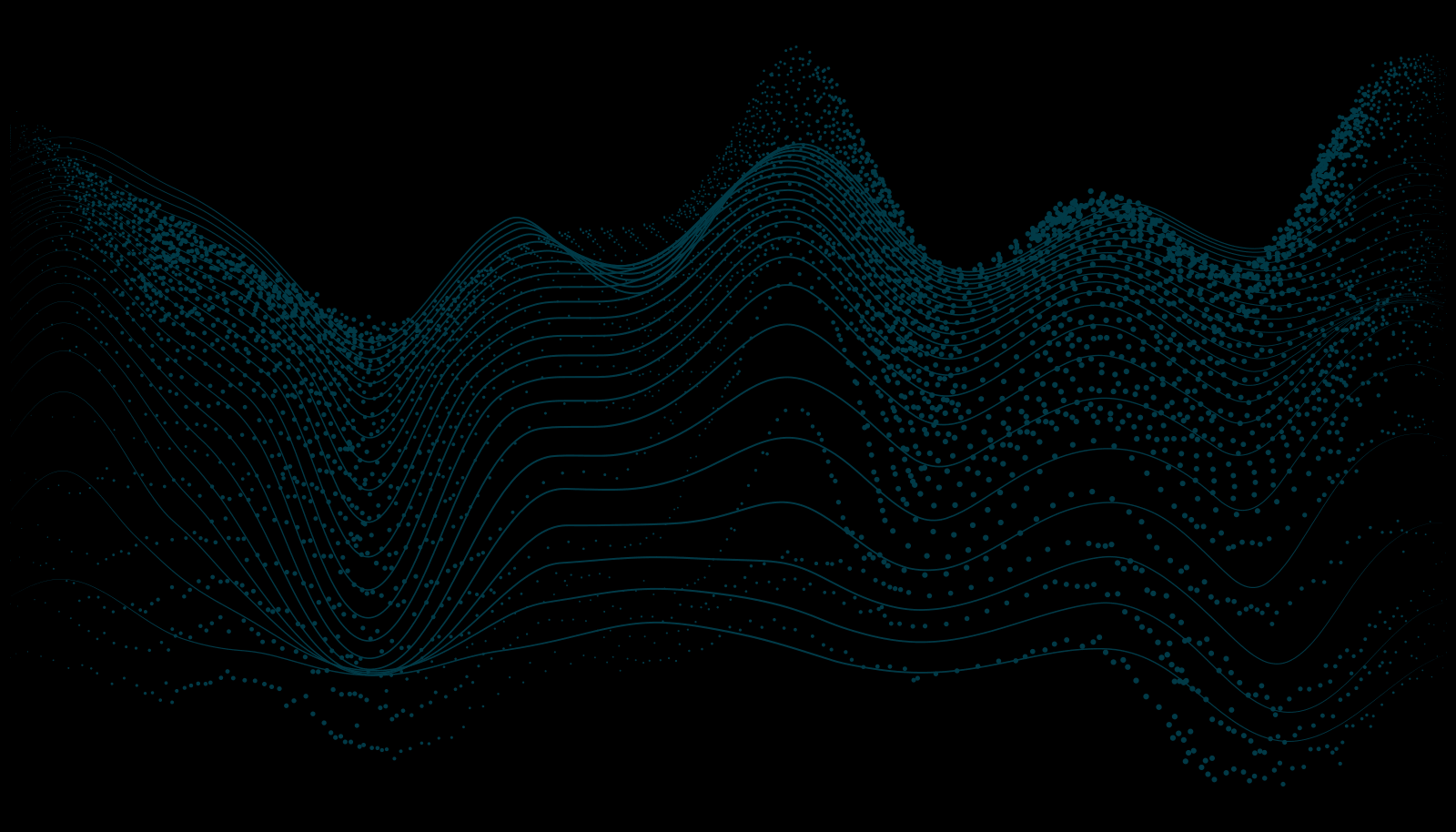
| Simple answer. No. 3-axis machining is certainly easier to set up and program, and the outcome is normally better quality than from 5-axis machining. But there is one reason why this happens – a lack of experience in 5-axis milling. But there is one reason why this happens – a lack of experience in 5-axis milling. What we need to understand is how a 5-axis machine works. The propagation of errors in a multi-axis machine is not linear and a small error in the setup of one of the axes may dramatically affect the final result. What’s more, the way the machine moves and the effect of an error in the centre of rotation is something that has to be dealt with before attempting ultra-high-quality machining. The last thing to take care of is the programming. Unless you have a program like FFCAM, which can transform a 3-axis toolpath into a 5-axis one with just one click, programming a 5-axis component is time-consuming and risky because of the possibilities of collisions if all this is not taken into account. So why should we go for a 5-axis machine in this case? There are a number of advantages:
|
